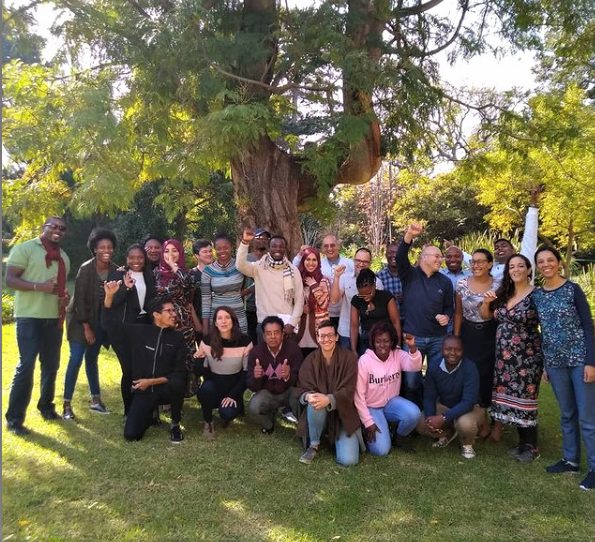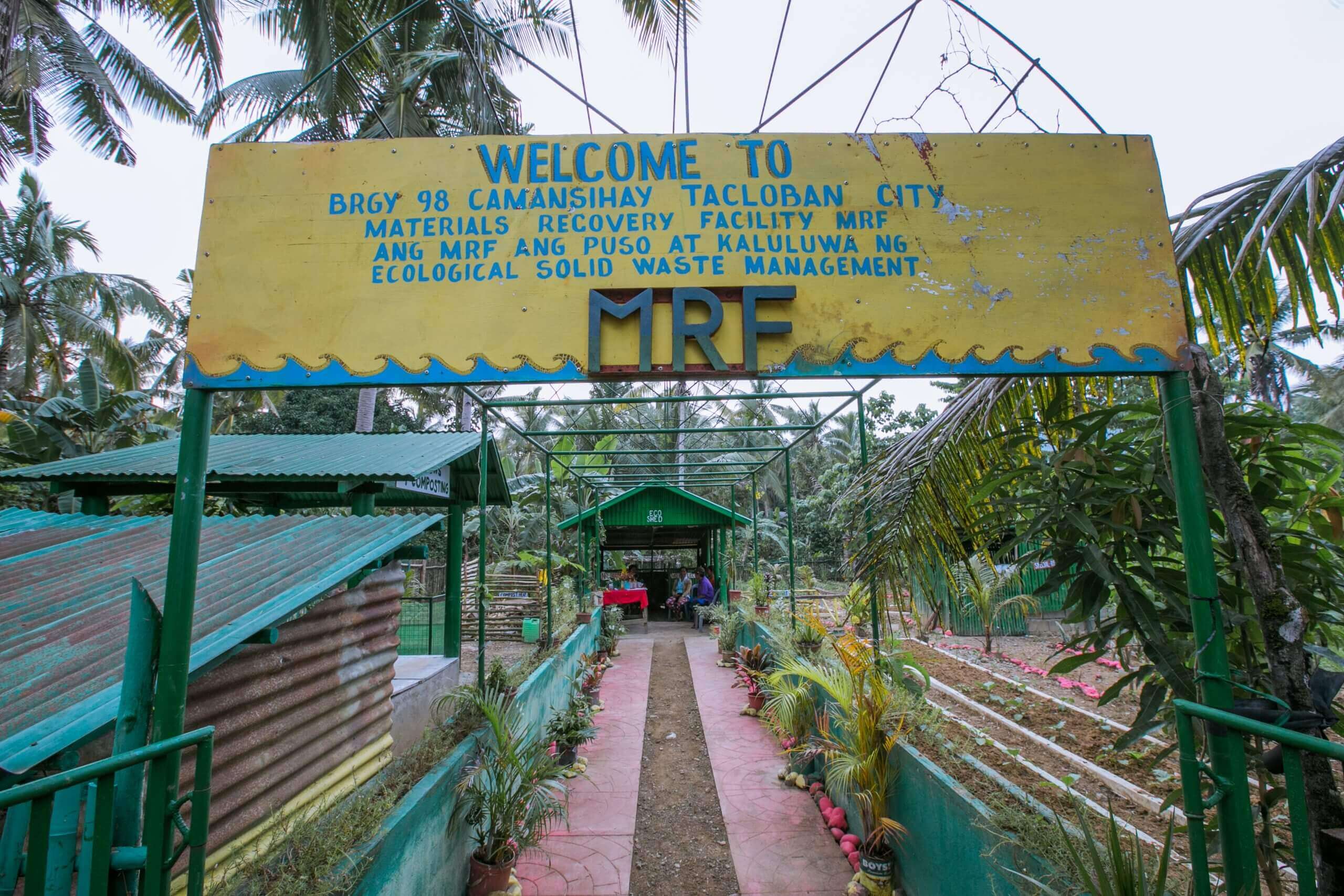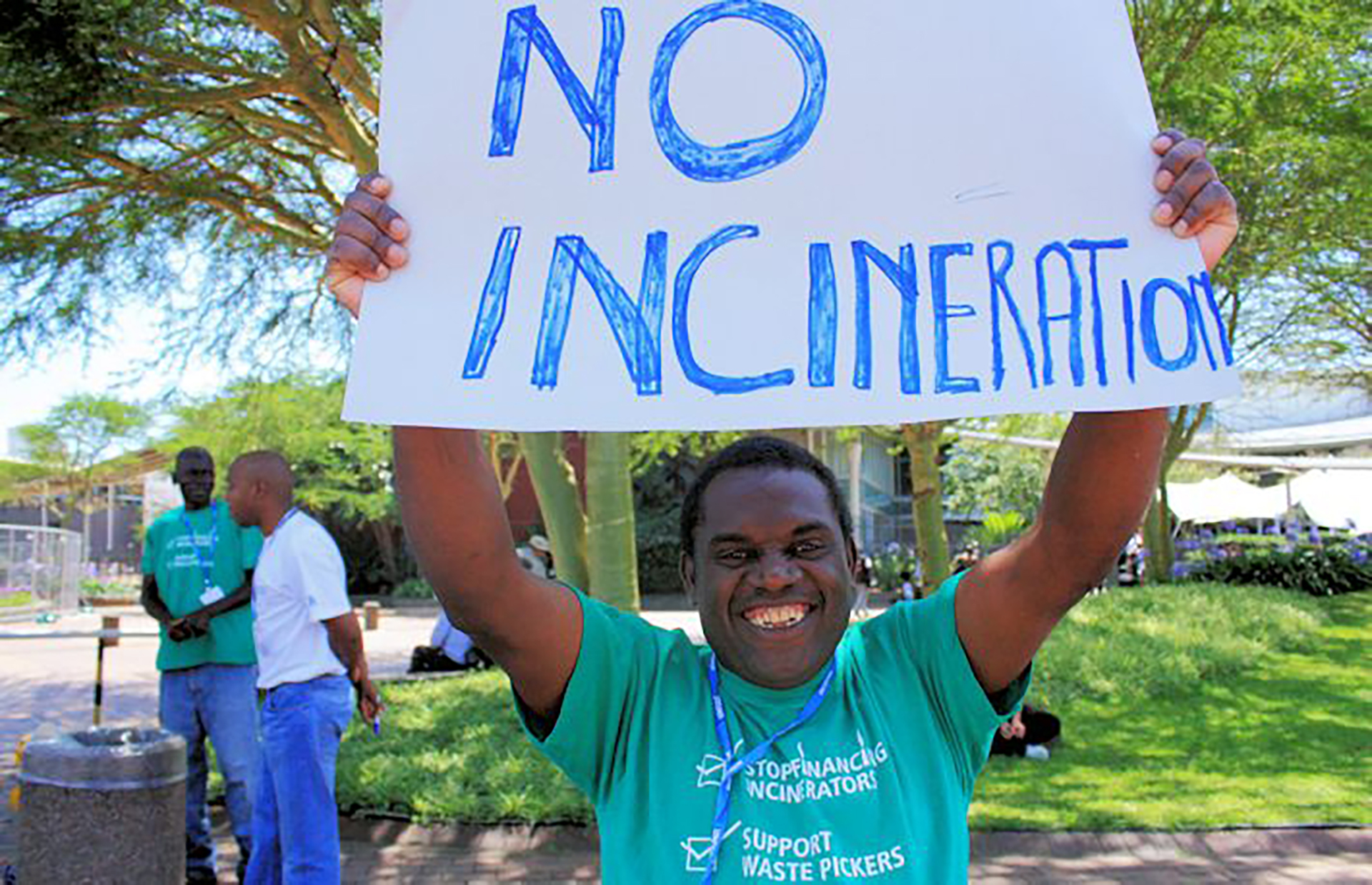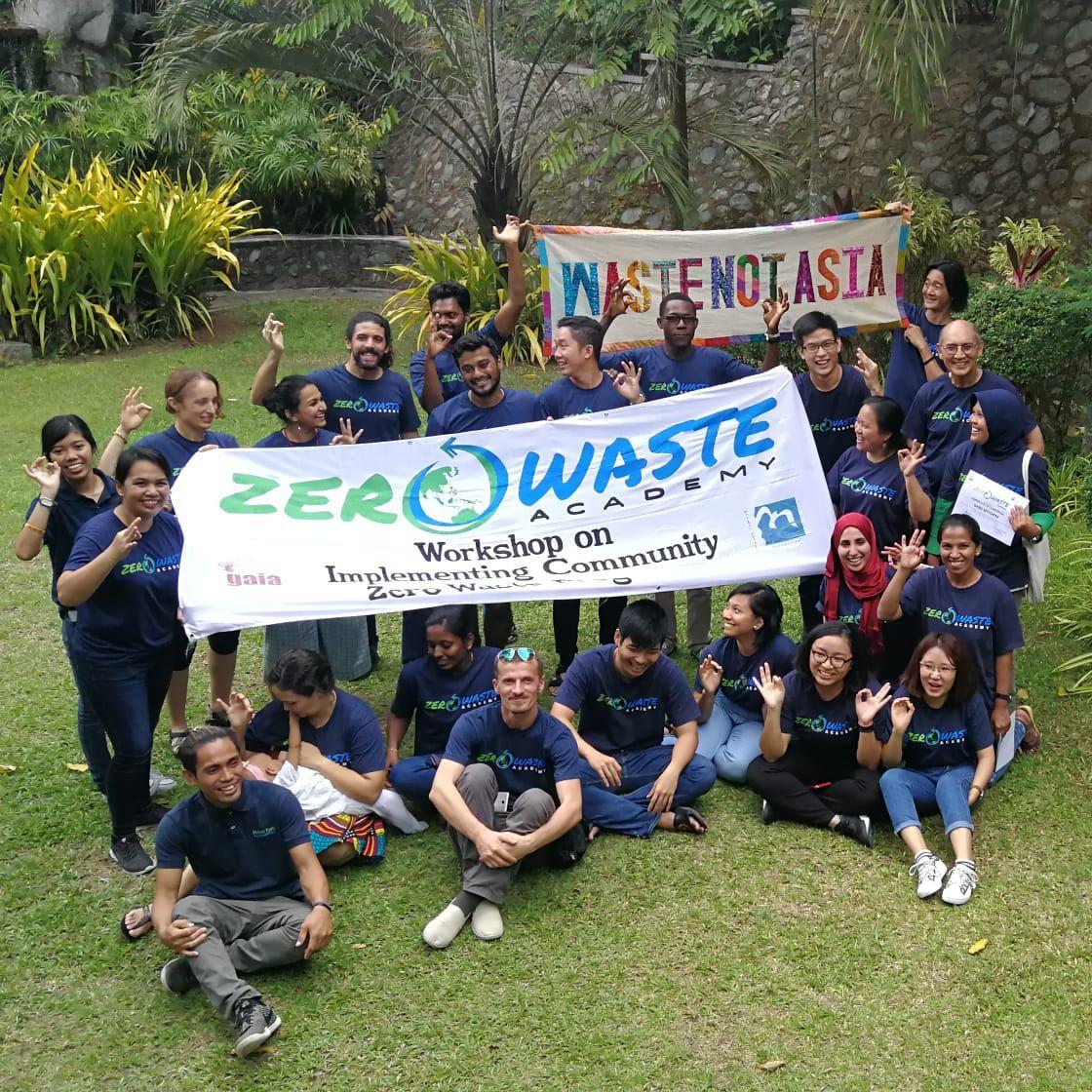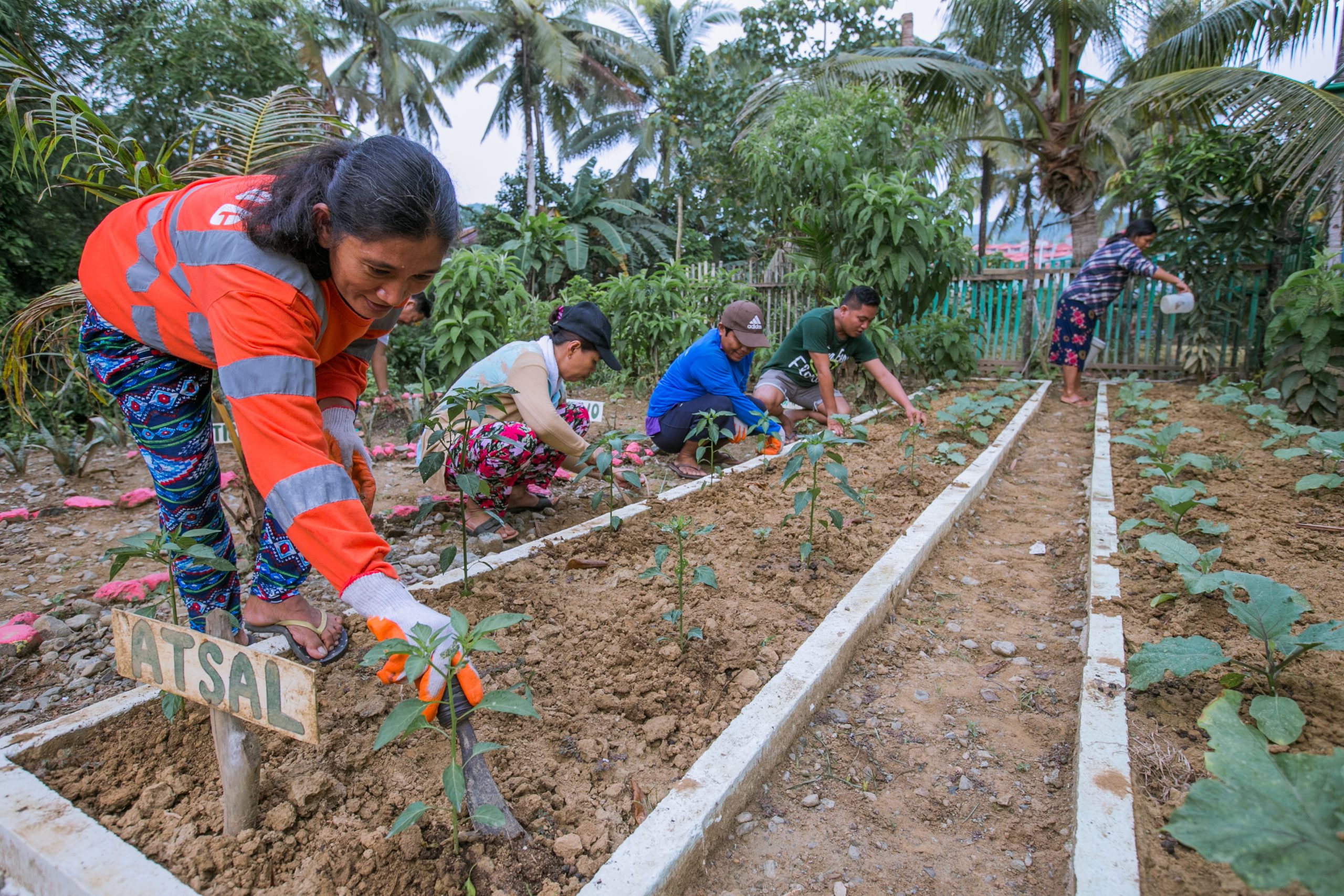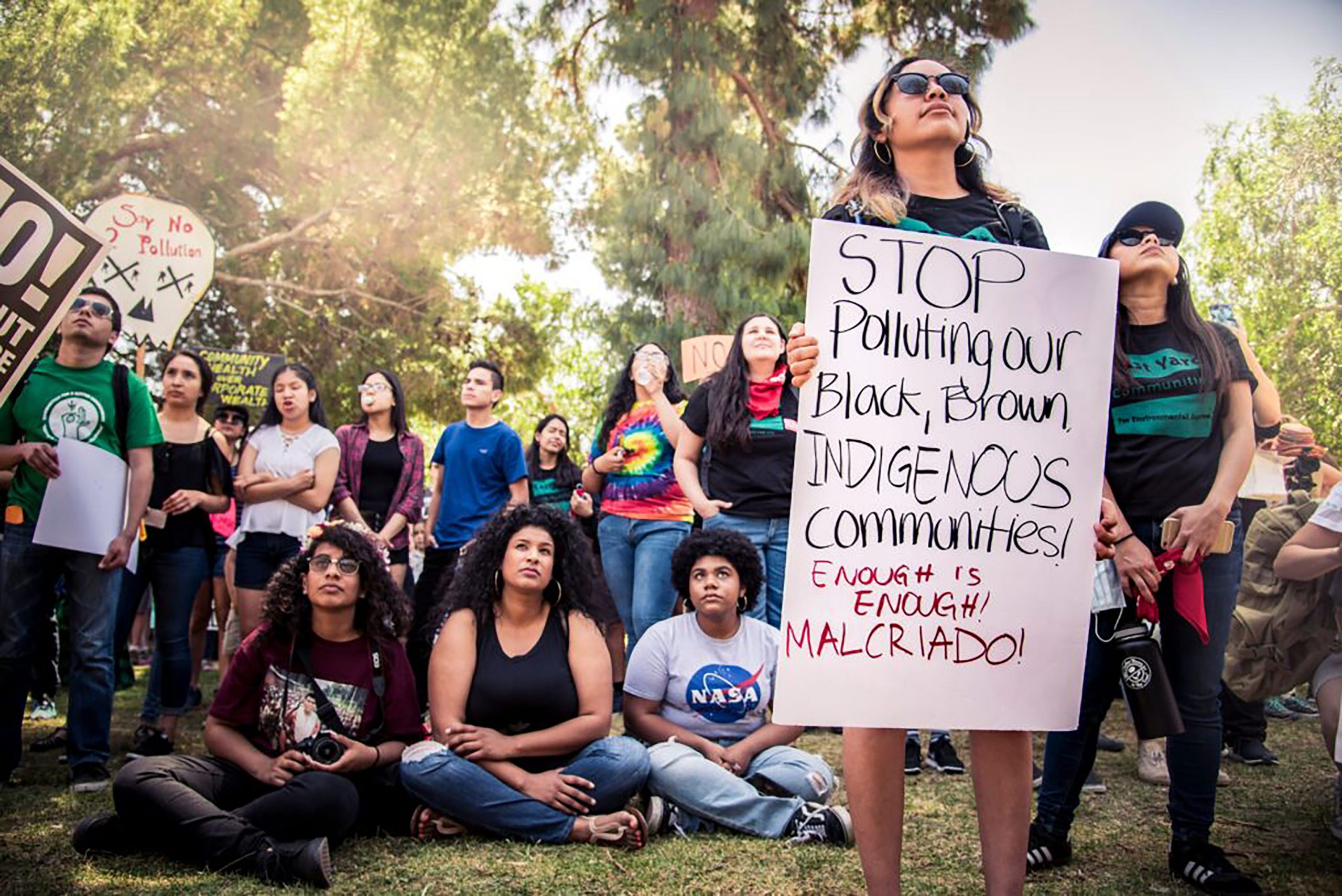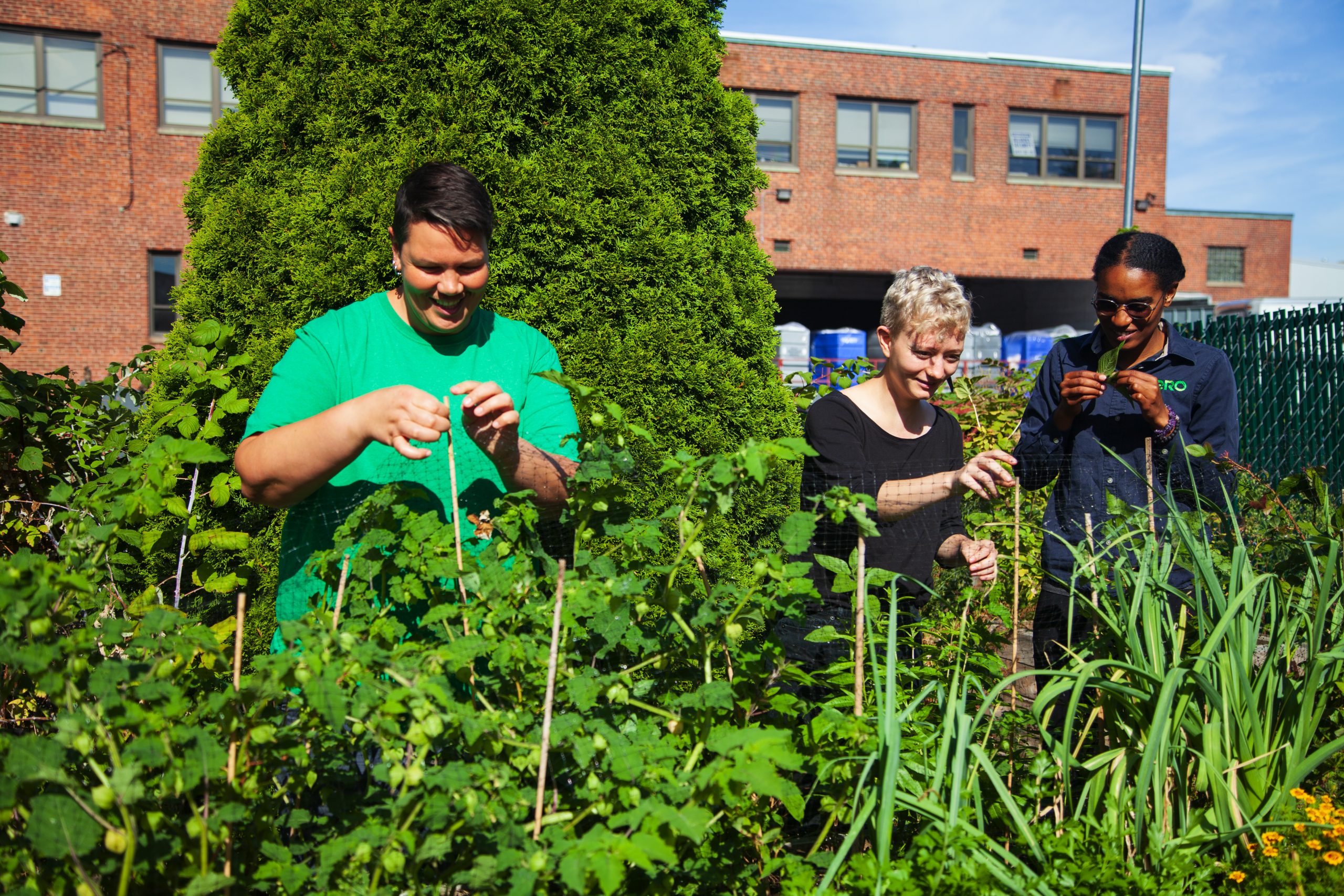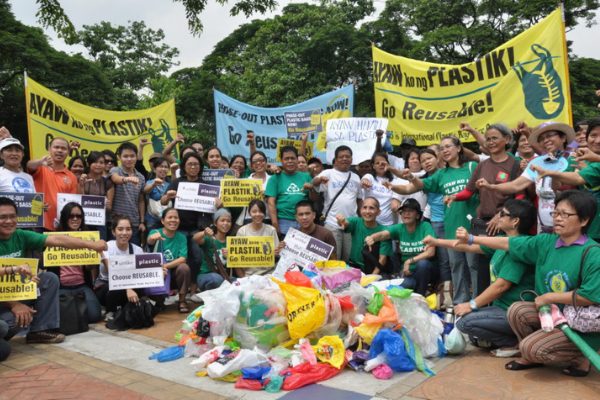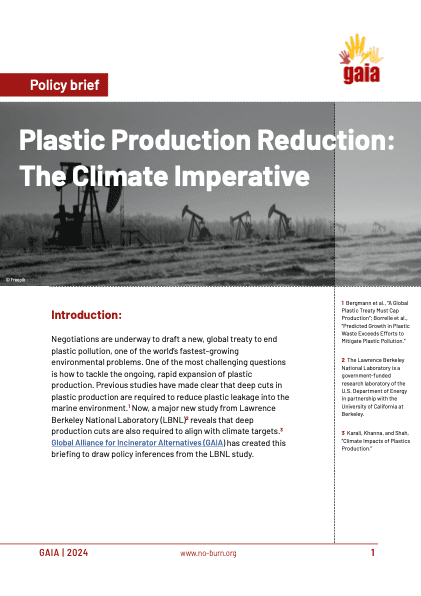The scale of global plastic pollution has been brought to light in recent years. Over 300 million tonnes of plastic is produced each year, and more than 90 percent of it ends up in landfills, waste dumps, incinerators, and on lands and waterways. Like many other countries in Southeast Asia, Indonesia is dealing with growth in both domestic consumption of single-use plastic and waste arriving at the ports in the name of trade. Indonesia has been labelled as the second largest contributor to ocean plastic leakage after China. In addition to the amount estimated to leak into waterways and the ocean (9 percent of the 4.8 million tonnes of plastic waste generated in Indonesia every year), the majority of plastic waste in the country is being inadequately managed through open burning (48 percent), dumping on land or dumpsites (13 percent).
In response to the unprecedented plastic pollution crisis, fast-moving consumer goods companies and the petrochemical industry have supported and promoted countless miraculous-sounding technologies, pushing back on their bad reputations as major plastic polluters. CreaSolv is Unilever Indonesia’s flagship project on this front, and the media has touted it as an example of a technological innovation that can solve the entire global plastic waste problem by recycling the lowest-value plastic.
Two years after the highly-celebrated launch of the pilot plant in Indonesia in 2017, however, the fuss around the CreaSolv project quieted down as the company secretly shuttered the operation. Reports from local investors revealed multi-layered fallout of the CreaSolv project, from the logistical difficulties of sachet collection through challenged economics around the end products.

